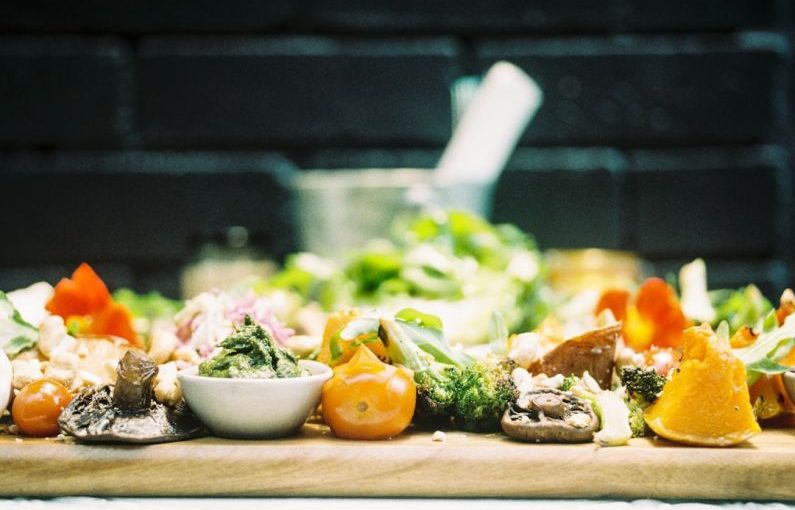Food waste is a prevalent issue that affects households worldwide. Not only does it harm the environment, but it also strains our wallets. According to the Food and Agriculture Organization of the United Nations, about one-third of all food produced globally is wasted. This wastage equates to around 1.3 billion tons of food annually, which is a staggering amount. The good news is that there are simple yet effective ways to cut down on food waste and save money in the process.
Audit Your Pantry and Fridge Regularly
One of the first steps to reducing food waste is to take stock of what you already have. Before heading to the grocery store, check your pantry and fridge to see what items you already have on hand. This practice helps prevent buying duplicate items and ensures that you use up what you already have before it goes bad. By knowing what you already own, you can plan your meals more efficiently and avoid unnecessary purchases.
Plan Your Meals
Meal planning is a powerful tool in the fight against food waste. By creating a weekly meal plan, you can map out exactly what you will be eating each day, making it easier to shop for specific ingredients and avoid overbuying. When planning your meals, consider using up ingredients that are close to their expiration date first. This strategy not only helps reduce food waste but also saves you money by maximizing the use of your groceries.
Embrace Leftovers
Leftovers often get a bad rap, but they can be a valuable resource in reducing food waste. Instead of tossing out uneaten food, try incorporating leftovers into new meals. Get creative with your leftovers by transforming them into soups, salads, or stir-fries. Not only does this practice help cut down on food waste, but it also saves you time and money by providing ready-made meals for the days ahead.
Practice Proper Storage
Proper food storage is essential in prolonging the shelf life of your groceries. Invest in airtight containers, zip-top bags, and storage wraps to keep your fruits, vegetables, and leftovers fresh for longer. Store perishable items like meat and dairy products in the coldest part of your fridge to prevent them from spoiling prematurely. Additionally, familiarize yourself with the optimal storage conditions for different foods to ensure they stay fresh and flavorful.
Get Creative with Scraps
Food scraps like vegetable peels, stems, and bones can be repurposed into delicious dishes rather than being thrown away. Save vegetable scraps to make homemade broth or stock, use citrus peels to infuse flavor into water or vinegar, and turn stale bread into croutons or breadcrumbs. By getting creative with your food scraps, you not only reduce waste but also add extra flavor and nutrients to your meals.
Shop Smart
When grocery shopping, be mindful of buying only what you need. Make a shopping list based on your meal plan and stick to it to avoid impulse purchases. Buy in bulk only if you know you can consume the items before they go bad, and opt for frozen fruits and vegetables that have a longer shelf life. Additionally, consider shopping at local farmers’ markets or joining a community-supported agriculture (CSA) program to support local farmers and access fresh produce.
Reinventing Leftovers: Transforming Excess Food into New Meals
Leftovers can be a lifesaver when it comes to saving money and reducing food waste. Instead of letting excess food go to waste, give your leftovers a new lease on life by transforming them into delicious meals. Here are some creative ideas to reinvent your leftovers:
– Turn leftover roasted vegetables into a hearty frittata for breakfast or brunch.
– Use cooked grains like rice or quinoa to make a flavorful grain bowl with fresh veggies and a drizzle of dressing.
– Transform leftover chicken or beef into a tasty stir-fry by adding your favorite vegetables and a splash of soy sauce.
– Blend overripe fruits into a refreshing smoothie or freeze them to make homemade popsicles.
By reinventing your leftovers, you not only save money and reduce food waste but also discover new and exciting flavor combinations to enjoy.
In conclusion, cutting down on food waste is not only beneficial for the environment but also for your wallet. By auditing your pantry, meal planning, embracing leftovers, practicing proper storage, getting creative with scraps, and shopping smart, you can significantly reduce food waste and save money in the process. Remember, every small effort counts towards making a big difference in the fight against food waste.





